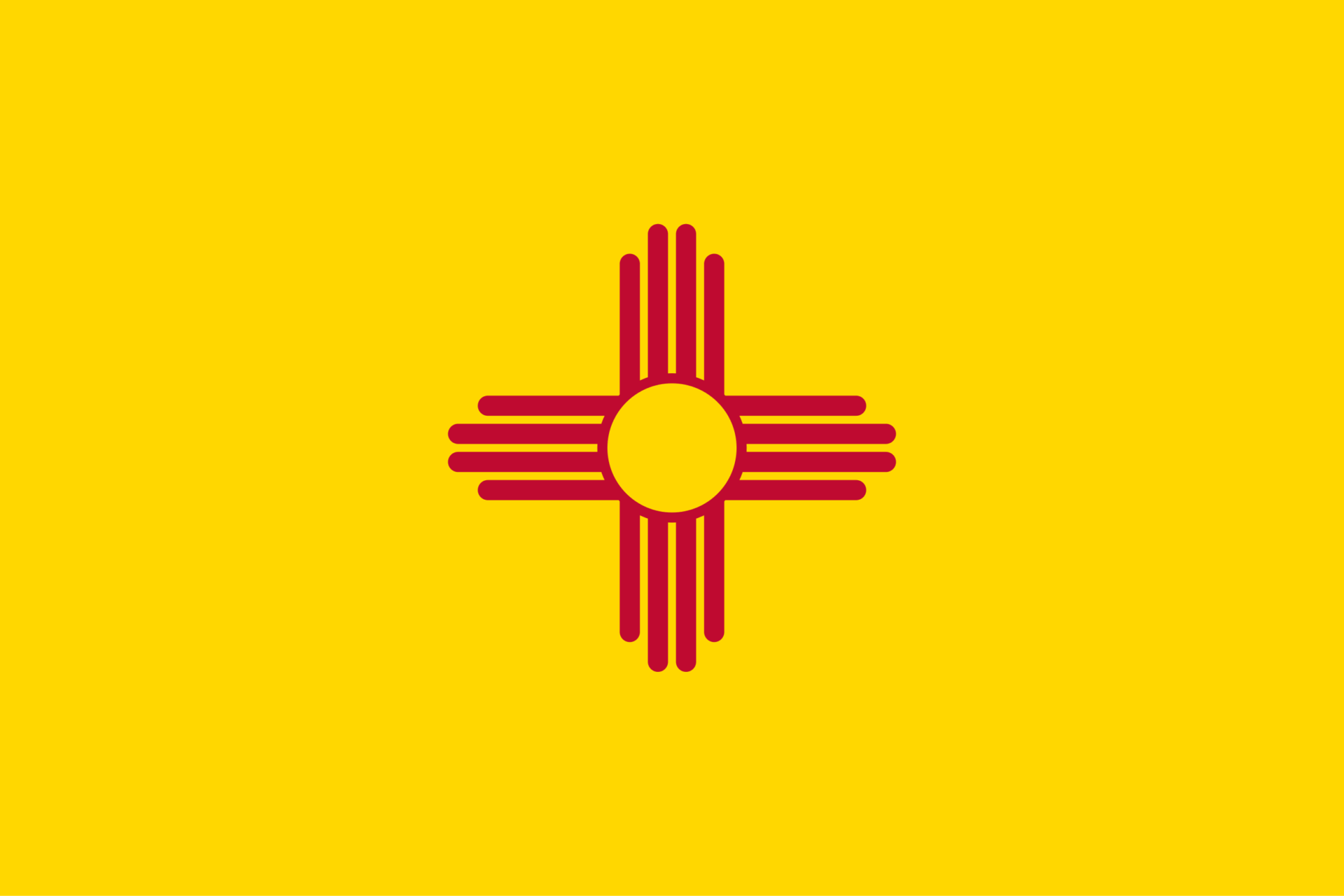Managing employee leave effectively is vital to maintaining workforce productivity, legal compliance, and employee satisfaction. With the rise of hybrid work environments and the demand for flexible leave policies, leave management software has become a cornerstone of HR strategy. As we move into 2025, leave management solutions have advanced with features that simplify the request and approval process, optimize workforce planning, and support a balanced work culture. Time Off Request Software has become a cornerstone of HR strategy. This software enables companies to streamline the process of requesting, approving, and tracking time off, making it easier for employees and managers alike to stay informed and organized.
1. User-Friendly Interface and Accessibility
An intuitive design is essential to help all users, regardless of technical skill, quickly navigate the platform. In 2025, user experience prioritizes:
- Drag-and-Drop Functionality: For managers and HR staff who oversee scheduling, drag-and-drop capabilities allow quick adjustments to staffing without cumbersome steps.
- Dark Mode and Customizable Themes: Many users now expect dark mode or customizable themes for improved visibility and personal comfort, especially in settings where employees work late hours.
- Offline Access: For distributed teams or industries where internet access isn’t always available, offline functionality lets employees view balances and manage time off requests, syncing automatically when reconnected.
2. Customizable Leave Policies and Types
The ability to reflect an organization’s specific policies is vital for smooth operations and legal compliance. Modern time off software should include:
- Advanced Accrual Settings: Companies should be able to configure complex accrual policies, such as earning time off based on hours worked, specific tenure milestones, or custom eligibility criteria.
- Multi-Department Policy Management: Large organizations may need different rules for departments. For instance, healthcare workers might accrue leave differently from administrative staff, and the software should support multiple policies within a single platform.
- Historical Leave Balances: Storing historical leave balances and request data enables HR to run retrospective reports, crucial for performance reviews and understanding employee absence patterns.
3. Automated Approvals and Workflow Management
Automation is key to eliminating repetitive tasks and ensuring requests are processed without unnecessary delay. Expanded workflow options in 2025 include:
- Dynamic Approval Routing: Approval flows that adapt based on leave type, duration, or employee status (e.g., new hires might need additional approvals) simplify management.
- Delegation for Absences: If a manager is on leave, the software should allow them to delegate approval responsibilities to another team member, preventing delays.
- Escalation Rules: In case of delayed approvals, the system can automatically escalate to a secondary approver, ensuring timely processing and preventing workflow bottlenecks.
4. Calendar Integration and Visualization
Robust calendar integration ensures everyone is on the same page and can plan efficiently:
- Real-Time Updates: Any changes to an approved leave should instantly update in shared calendars, preventing miscommunication.
- Visual Staffing Alerts: The system can flag potential understaffing periods, prompting managers to adjust schedules or plan for temporary coverage.
- Yearly and Quarterly Views: By offering multiple viewing options (daily, weekly, monthly, quarterly, yearly), managers can better anticipate staffing needs and visualize trends in time-off usage.
5. Accurate Reporting and Analytics
Enhanced analytics empower organizations to make data-driven decisions around workforce planning and attendance policies:
- Predictive Absence Analytics: AI-based insights can predict absenteeism trends, helping organizations proactively manage periods of high absence.
- Comparative Reporting: The software should support comparing absence patterns across departments, roles, or locations, allowing companies to identify departments with high absenteeism or trends that might indicate burnout.
- Policy Compliance Reports: Automated compliance tracking helps HR teams monitor adherence to leave policies and identify outliers who might exceed allowable time off, reducing potential payroll discrepancies.
6. Compliance and Policy Management
Keeping up with evolving labor laws is a challenge for organizations with employees in multiple regions. The software should streamline compliance by offering:
- Automatic Policy Updates: Some time off solutions offer automatic updates for labor law changes, ensuring compliance without HR manually implementing adjustments.
- Configurable Audit Trails: For organizations with strict audit requirements, a comprehensive log of changes to leave requests, policy modifications, and user actions helps maintain compliance and accountability.
- Real-Time Policy Validation: The software should validate requests against policy rules instantly, preventing employees from submitting requests that would exceed their entitlement or violate other constraints.
7. Integration
Data flow between time off request software is vital for maintaining accurate records and payroll data:
- Payroll Deductions for Unpaid Leave: Automatically syncing unpaid leave data with payroll systems ensures correct deductions without manual input.
- Attendance-Based Incentives Integration: For companies with attendance-based rewards, integration allows data from the time off software to feed directly into incentive programs, enhancing employee engagement and retention.
- Cross-Platform Synchronization: Seamless data synchronization between HR, payroll, and time off systems eliminates data silos and improves reporting accuracy across departments.
8. Employee Self-Service and Communication Tools
A self-service model empowers employees and reduces administrative workload:
- Request History Access: Employees should be able to view a comprehensive history of past leave requests, approvals, and balances, promoting transparency.
- In-App Policy Updates and Alerts: Real-time policy notifications keep employees informed of updates to leave policies, such as changes to rollover rules or accrual rates.
- Feedback Mechanism: The option to provide feedback on the request process can help HR identify areas for improvement, leading to a better user experience.
9. Security and Data Privacy Features
With sensitive employee information stored in time off systems, security remains a top priority in 2025:
- Multi-Factor Authentication (MFA): MFA helps secure employee accounts against unauthorized access, adding an additional layer of protection.
- Single Sign-On (SSO): For larger organizations, integrating SSO with the time off software streamlines access control and enforces organization-wide security standards.
- Role-Based Access Control (RBAC): The ability to assign permissions based on role ensures that only authorized personnel have access to sensitive data, reducing security risks.
10. AI and Predictive Analytics
AI and machine learning capabilities bring powerful forecasting and automation to time off management:
- Absence Prediction for Coverage Planning: AI can analyze past data to forecast high-demand leave periods, allowing managers to plan coverage or limit approvals during peak periods.
- Intelligent Recommendations: AI can recommend optimal times for employees to take leave based on work cycles, staffing levels, and seasonal workload fluctuations.
- Proactive Leave Reminders: For employees who haven’t used any leave, the system can proactively suggest taking time off to promote a healthier work-life balance and prevent burnout.
11. Support for Hybrid and Remote Work Environments
As flexible work arrangements continue to grow, time off software must accommodate these diverse needs:
- Location-Based Scheduling: For companies with employees across multiple time zones or regions, the software should adjust leave requests and reminders based on location.
- Remote Work Leave Tracking: With some companies offering additional leave options specific to remote work (e.g., home office setup days), time off software can track and manage these types of leave.
- Wellness and Mental Health Support: Some advanced systems integrate reminders for mental health days or offer suggestions for taking short breaks, catering to employee well-being in remote and hybrid settings.
Conclusion
Time off request software has evolved dramatically, with modern solutions offering more than just basic request and approval tracking. With these advanced features, companies can streamline leave management, foster employee satisfaction, and ensure compliance with complex regulatory requirements. By adopting a software solution that combines user-friendly design, automation, data analytics, and AI capabilities, organizations will be well-equipped to manage time off requests in 2025 and beyond.
Investing in the right time off request software not only optimizes workforce management but also strengthens company culture, promotes work-life balance, and enhances productivity. As businesses look to the future, the tools they choose today will play a significant role in driving operational success and supporting their workforce in meaningful ways.









